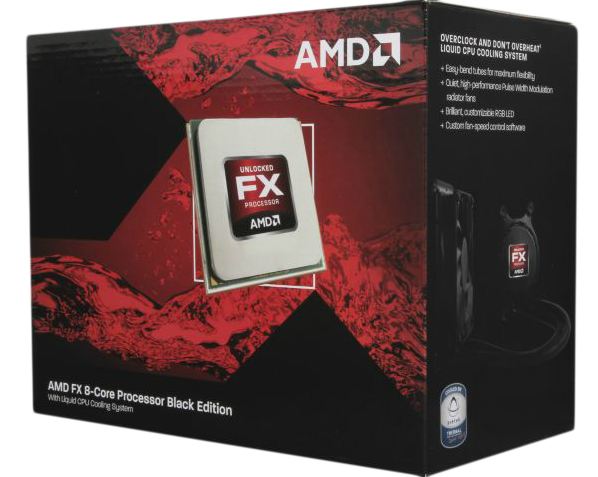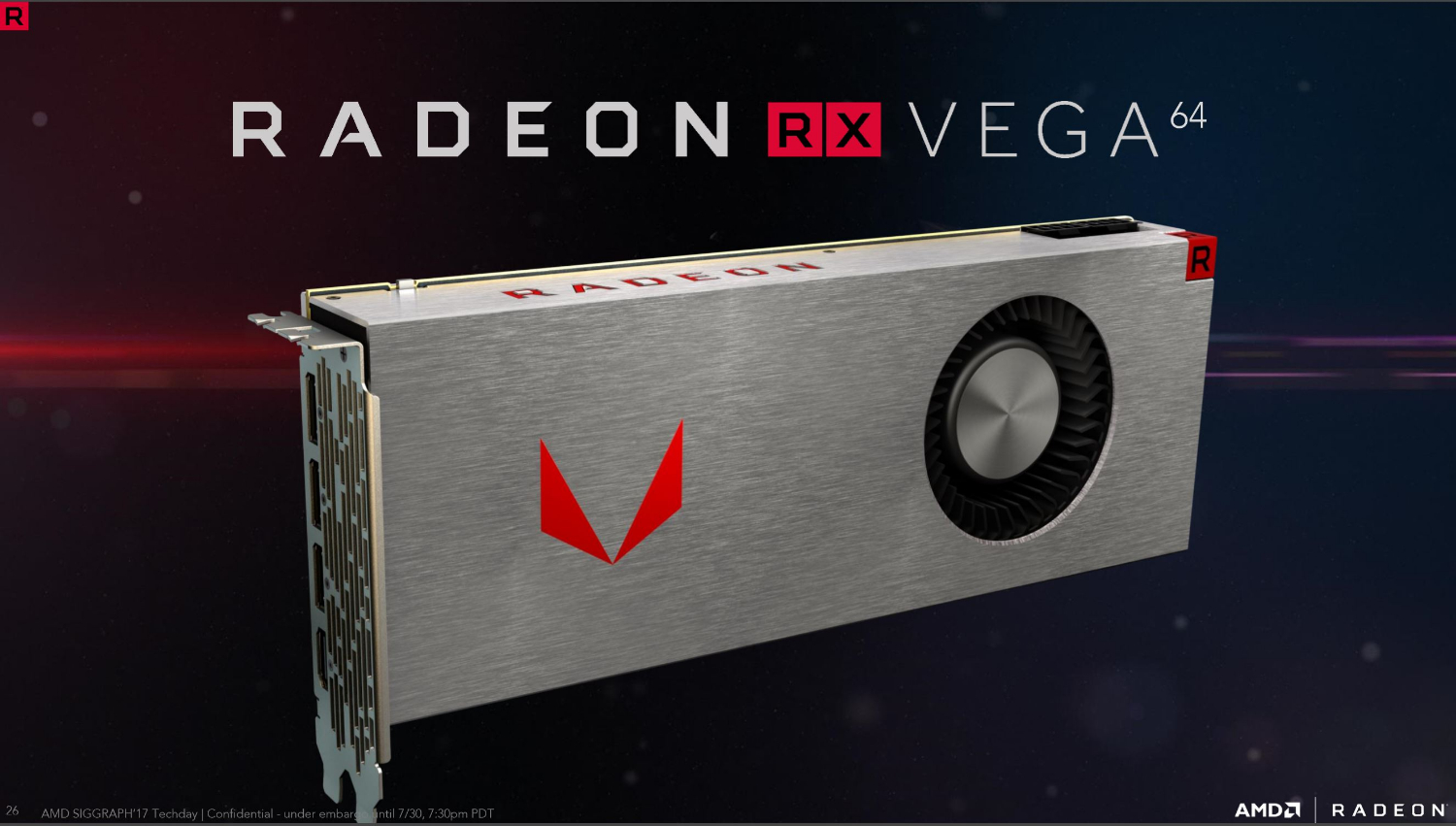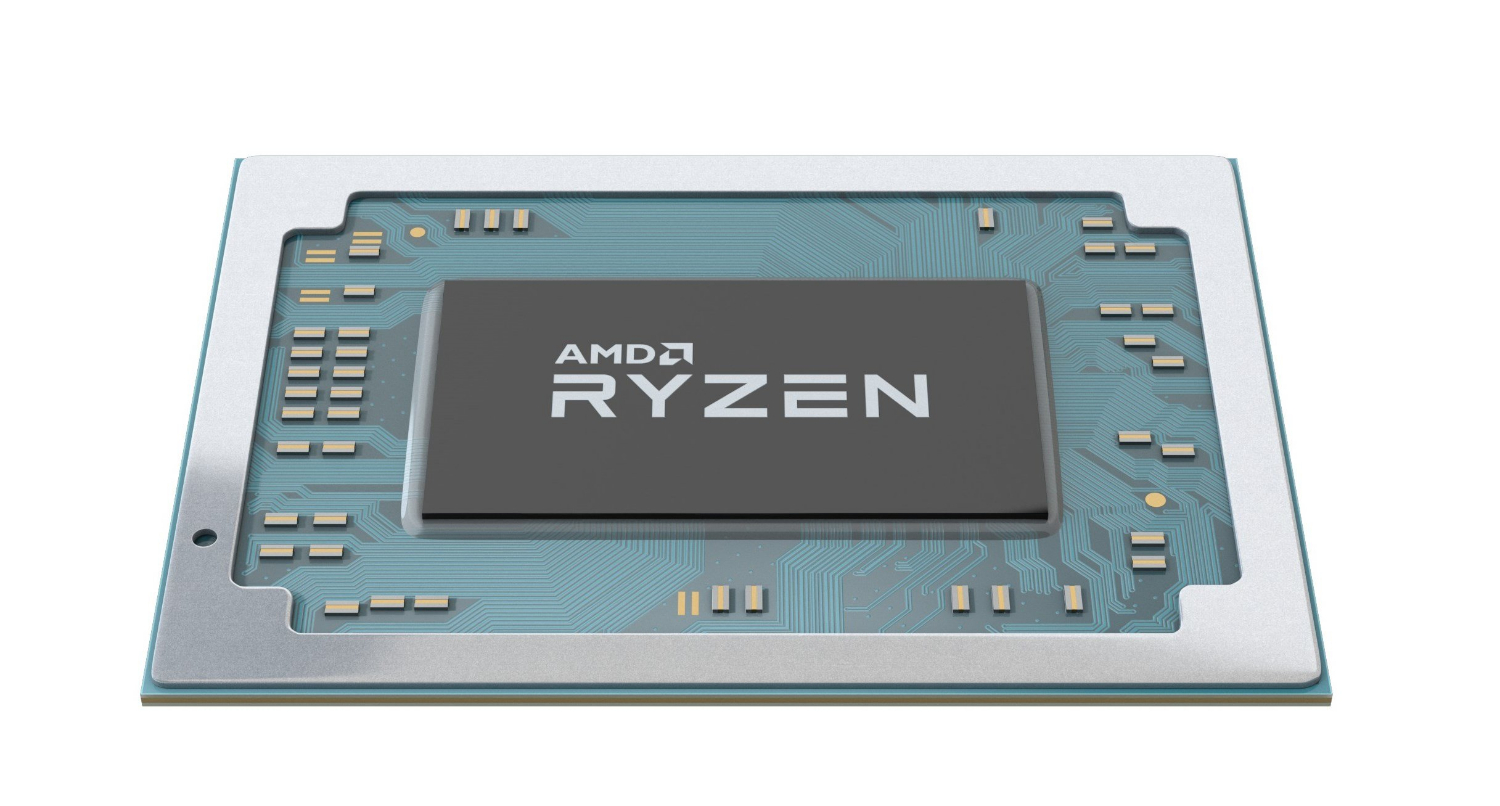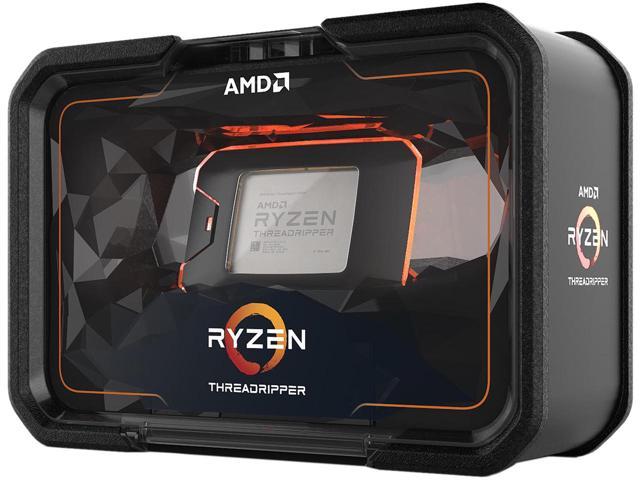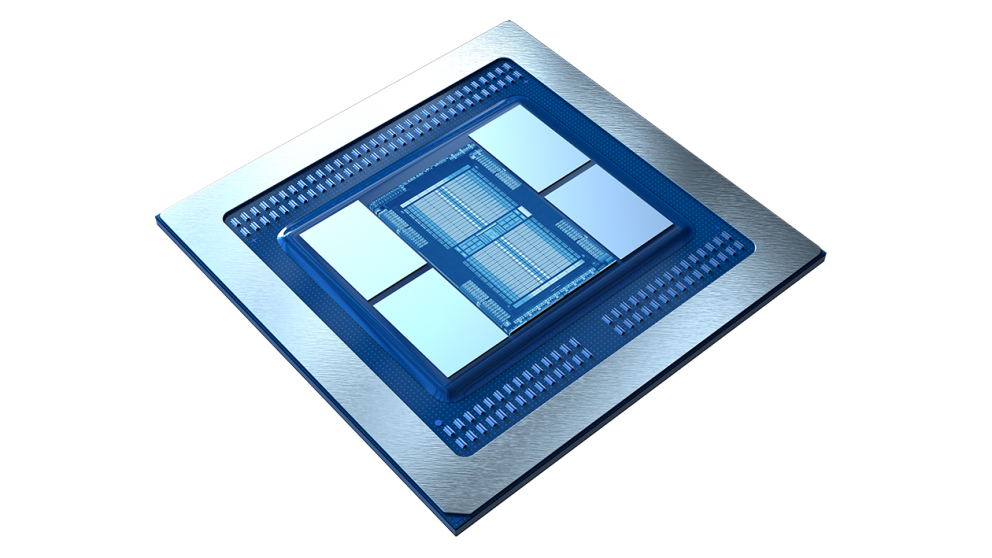AMD at 50: Five Decades of Computing Advancements
Llano Becomes the First APU Architecture From AMD
With ATI acquired, AMD could finally work on combining both CPU and GPU architectures into one package. In 2011, AMD released the first APUs based on the Llano architecture. AMD's first APUs were not very impressive in terms of CPU performance but were rather impressive on the graphics front. The integrated graphics inside these processors were much faster than competing Intel products. To this day, AMD maintains a significant lead against Intel's graphical performance thanks to APUs.
Rory Read Becomes CEO and Tries to Reverse AMD's Decline
Rory Read became CEO of AMD in 2011, at a time when AMD was heading towards difficult times. Though Radeon GPUs were selling well, AMD's Phenom CPUs had a hard time challenging Intel's Core lineup, and the infamous Bulldozer architecture failed to alleviate the situation. In order to secure AMD's position, Read pursued a semi-custom strategy. That led to the creation of the Jaguar processors inside what would become the Xbox One and the PS4. Semi-custom sales offered AMD a nice revenue stream apart from the CPU market that Intel had largely captured.
The 9590 Is the World's First 5 GHz CPU, Albeit With a Stock Water Cooler
Though Bulldozer was not AMD's most popular or well-received architecture, it did end up being the basis of the world's first 5 GHz CPU. The FX 9590, launched in 2013, could boost up to 5 GHz at stock and was AMD's fastest desktop CPU for four years. The performance wasn't as impressive as the clock speed implies, but it was a landmark moment for AMD nonetheless. To date, the highest overclocks have been achieved on Bulldozer CPUs, with clock speeds peaking higher than 8 GHz.
Dr. Lisa Su Inherits an AMD on the Brink of Collapse
In October of 2014, Dr. Lisa Su became CEO of AMD, succeeding Rory Read, and she remains CEO to this day. Dr. Su came to AMD when bankruptcy was a very real possibility. Thankfully, AMD's semi-custom commitment brought about reliable income from Microsoft and Sony, which made Dr. Su's job a little easier.
Dr. Su oversaw the release of the Radeon 300 and Fury series, the last of the Bulldozer derivatives, and then the RX 400 series of GPUs in 2016. Not to mention the Ryzen series of CPUs in 2017 that propelled AMD back into relevance in the desktop PC market. Under her leadership, AMD has obtained CPU market share that had been lost for years and has seen its stock price rise as high as it was in the mid- to late-2000s.
AMD Rises as It Launches the Ryzen Series of CPUs
In March of 2017, AMD made its first major foray after several years of perceived absence into the desktop market by launching its Ryzen series of processors, starting with the Ryzen 7 series. These eight-core 16-thread processors were capable of going head to head with many of Intel's HEDT processors. Though at a significant clock speed disadvantage, Ryzen's value was well received. Despite some early bumps in the road, Ryzen became AMD's first really successful CPU product in several years.
Radeon Tries to Challenge Nvidia With Vega
Soon after AMD renewed its CPU products, AMD also released its Vega GPUs in July of 2017, which finally provided a challenge to Nvidia's Pascal-based GPUs. Though AMD's high-end Vega 64 could only match the GTX 1080, it did provide an alternative to Nvidia's products at a slightly competitive price (if you could find one, as Vega launched during the mining craze). Today, Vega is quite cheap, especially its 56 variant, which can be found at the low $300 mark (sometimes even less).
Get Tom's Hardware's best news and in-depth reviews, straight to your inbox.
Vega, Thankfully, Finds Great Use Inside of Ryzen Mobile
Though Vega debuted as a desktop GPU, it was also integral to AMD's Ryzen Mobile series of APUs that launched in October of 2017. Ryzen Mobile was designed to capture market share from Intel in the lucrative laptop segment, which had supplanted the desktop as the biggest source for income for semiconductor companies like AMD, Intel, and Nvidia.
Ryzen Mobile has so far been successful, slowly chewing away market share from Intel. Though Ryzen Mobile sometimes lags behind Intel in some tasks, as has been the case since 2011, the Vega integrated graphics are sometimes over twice as fast as Intel's graphics.
The Core Wars Continue: Threadripper and EPYC
In 2017, AMD had launched its highest core count CPUs for the desktop to date with the Ryzen Threadripper 1000 series that offered up to 16 cores. However, Intel soon countered with the Core i9 series that offered 18 cores and higher clock speeds. AMD later launched the Threadripper 2000 series in August of 2018. The new series boosted the core count up from 16 to 32 cores, making it the world's highest core count HEDT CPU. It's also almost identical to AMD's Naples server CPU, which was the world's first and only 32-core CPU until Threadripper launched. Naples and the 2990WX remained the highest core count CPUs in the world until Intel's Cascade Lake CPUs launched at 56 cores.
AMD Launches the World's First 7nm GPU
AMD's Radeon Instinct MI60 launched in November of 2018 as the world's first 7nm GPU. It comes with a die size just slightly larger than 300 mm2 and features 60 compute units and 16GB of high-speed HBM2. The same silicon was later used for the current flagship Radeon VII which features an even higher clock speed of 1.8 GHz. The Radeon graphics card is also AMD's first 7nm product.
AMD's move to the 7nm process ahead of Intel's move to 10nm also represents another potential watershed moment for the company. AMD's future looks bright as it grapples with the other titans of the semiconductor industry, and we're sure there are many more chapters to be written.

Matthew Connatser is a freelancing writer for Tom's Hardware US. He writes articles about CPUs, GPUs, SSDs, and computers in general.


